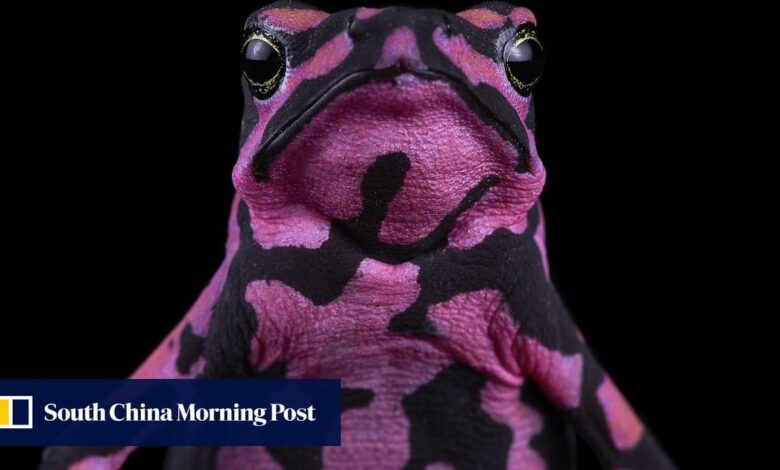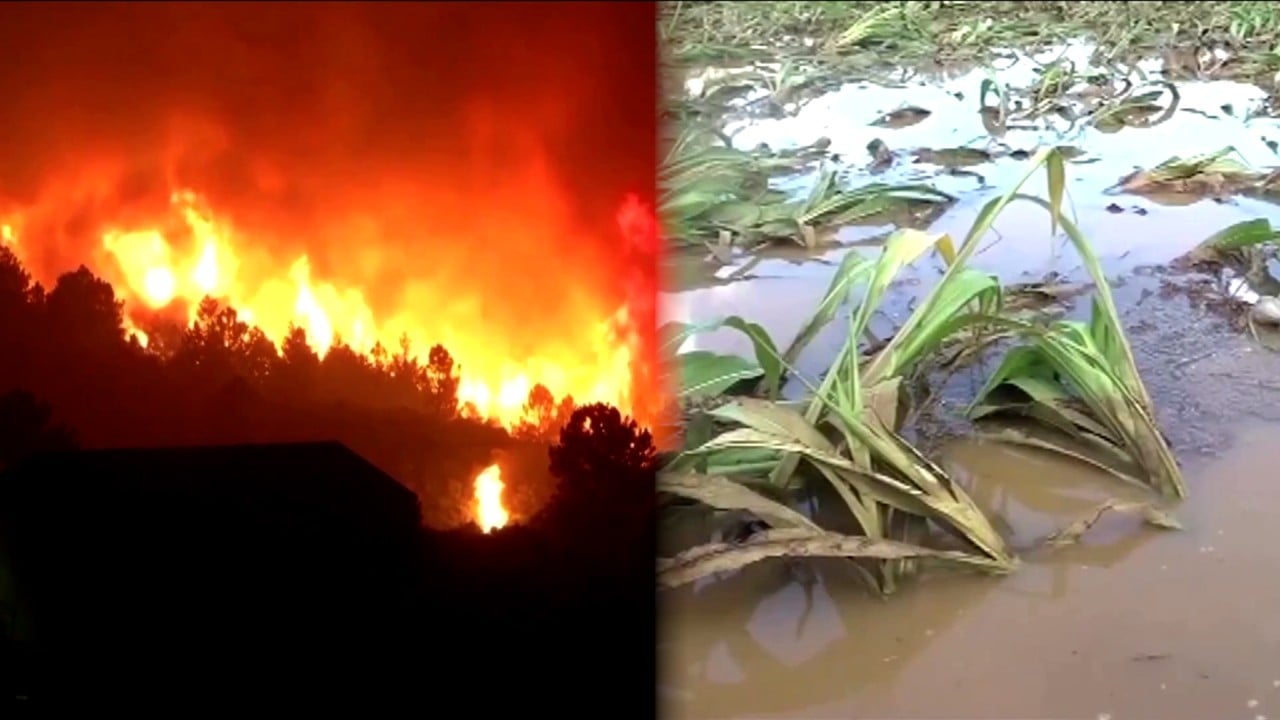Earth’s amphibians ‘are sliding towards extinction’; Chinese populations remain threatened, major study finds

[ad_1]
The scientists are urging immediate and substantial investments and policy actions to support the survival and ongoing recovery of amphibians, building on conservation efforts, such as habitat protection, that have reduced the extinction risk of 63 species since 1980.
The findings were published in the peer-reviewed journal Nature on Wednesday.
The evidence shows that “amphibians are still in trouble,” said co-lead author Jennifer Luedtke, manager of species partnerships at Re:wild, a Texas-based environmental conservation organisation, who referred to a 2004 global assessment that found amphibians were the most threatened class of vertebrates.
Globally, 37 amphibian extinctions have been documented – 23 occurred before 1980, followed by 10 more extinctions by 2004 and another four by the end of last year.
The latest research shows that amphibians – which can live both in water and on land – remain the animals most at risk, with 41 per cent of them threatened with extinction, higher than 26.5 per cent of mammals, 21.4 per cent of reptiles and 12.9 per cent of birds.
Hong Kong’s hottest summer ever – a visual explainer
Hong Kong’s hottest summer ever – a visual explainer
“Such a high proportion of amphibians are sliding towards extinction. They have to be at the top of the agenda. They have to be a part of that commitment to halt extinctions,” said Luedtke, who also serves as the red list authority coordinator of the amphibian specialist group at the International Union for Conservation of Nature (IUCN) species survival commission.
In December last year, at the United Nations Biodiversity Conference, also known as COP15, governments around the world agreed to “halt human-induced extinction of threatened species and reduce the rate of extinction of all species tenfold by 2050.”
Habitat loss, which affects 93 per cent of threatened species, is mainly driven by agricultural expansion, followed by timber and plant harvesting, and infrastructure development, according to Luedtke.
Last month was the hottest September in Japan for at least 125 years
Last month was the hottest September in Japan for at least 125 years
Notable concentrations of threatened species live in central and southern China, according to the study, while the greatest concentrations are in the Caribbean islands, Mesoamerica, the tropical Andes, the mountains and forests of western Cameroon and eastern Nigeria, Madagascar, the Western Ghats in India and Sri Lanka.
“Overharvesting is [collecting] individuals either for the pet trade, consumption or medicine – there are a variety of reasons amphibians are collected – but at an unsustainable rate, to the point at which the extinction risk is increasing,” Neam said.
The team pointed to the Yunnan Asian Frog, which had been designated as vulnerable in 2019 on the IUCN red list of threatened species, an improvement from the animal’s endangered status in 2004.
‘Global boiling’: recent headlines show the reality of the climate crisis
‘Global boiling’: recent headlines show the reality of the climate crisis
A law making the collection of wild species in China illegal put in place in 2000 has helped to decrease the threat of harvesting, although it is still taking place at reduced levels, according to the IUCN.
[ad_2]
Source link






